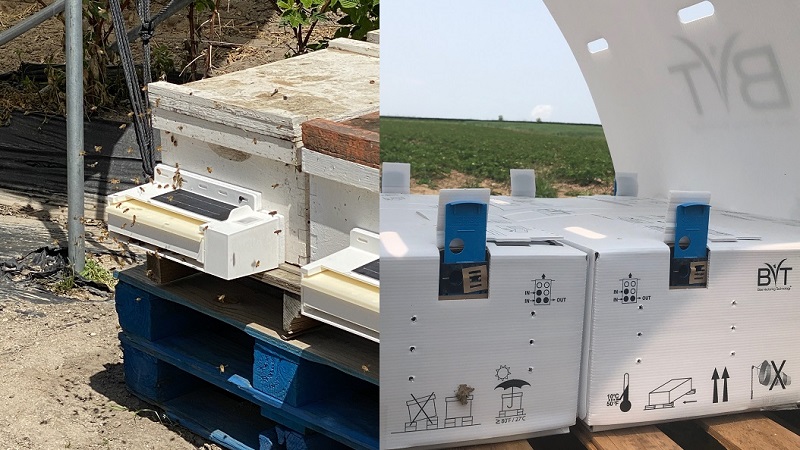Potential For Profit With Organic Produce

Since the start of our farming career more than 20 years ago, our goal was to make farming a full-time venture and to raise a family with a good quality of life. We purchased land in 1988 in a valley in a rural town 25 miles northeast of Saratoga Springs, NY, and started Pleasant Valley Farm. We own 60 acres and rent our neighbor’s 120-acre farm.
Using organic methods, we grow a diverse selection of more than 40 vegetables and fruits on about 6 acres of land. The produce is sold at three area weekly summer farmers’ markets and two winter markets.
We are certified under Certified Naturally Grown (CNG), an alternative program that is not affiliated with USDA’s National Organic Program. CNG is for small-scale, direct-market farmers. According to the CNG website, www.naturallygrown.org, close to 700 growers from 48 states are enrolled to use the program’s label.
As a small producer, our goal to have the farm support us full-time was accomplished in four years. We became profitable by using good business management techniques, good record keeping, and season extension. Good business management is probably the key factor to our success.
Part of good money management is to know when to spend money and when not to. Our goal from the beginning was to reinvest $10,000 annually back into the farm, and it was critical to know what would give us the best return on our money in order to increase profitability.
In our first eight years of farming, we spent just $12,800 on field equipment for the farm. In our ninth year — when the farm was making enough money to justify the purchase — we bought a new tractor with a loader and rototiller for $21,000.
Little Things Matter
Our business management techniques involve attention to detail, covering all aspects of the farm from weed control to preparing produce for markets. We realized early on that if weeds are prevented from going to seed, it would reduce weed seed banks and labor costs spent on weeding.
Some of our management decisions are made by a “hunch,” but many are based on the records that we keep on our farm. Record keeping is very valuable for running a farm business. Maintaining very simple records works well in our system and requires minimal time. We keep field seeding records in a notebook that includes date of seeding, variety, row footage, and spacing.
From these few numbers, the square footage of each crop can be calculated. For example, many of our crops are planted in beds which have four rows planted 14 inches apart and are 100 feet long and have 2 feet between beds. Each of these beds is 550 square feet.
A notebook houses a spreadsheet that is filled in each harvest day showing the product, quantity packed for the market (bunches, heads, pounds, etc.), and the quantity that returns from the market. From those few numbers, a total quantity sold of each product can be determined at the end of the year, providing total approximate value.
Managing Records
These simple records help us utilize two rules that we employ in our management. The first rule is what we call the “$15,000 per acre rule.” What that means is that each crop is expected to have a minimum gross value of $15,000 per acre if extrapolated out.
This calculation is determined by using our records that show the square footage of each crop that is grown on and the actual dollar value that each crop produced for the entire year. The extrapolation is necessary because we do not grow an acre of most crops and we need to have a system to compare them evenly.
Planting most crops intensively in rows 14 inches on center is important. If a particular crop is not making us $15,000 per acre, then we must make a management decision on that crop to raise its value. We look to improve our production and harvesting techniques, change the variety, package or display it differently, increase the price, or extend its growing season.
The second rule we employ to maintain profitability is the “$30 per hour rule.” What that rule means is that each employee, while harvesting and preparing produce for the markets, must be earning a minimum value of $30 per hour for each crop. For example, our organic berries are very popular with customers. As a result, we were able to raise the price per half pint to maintain profitability.









